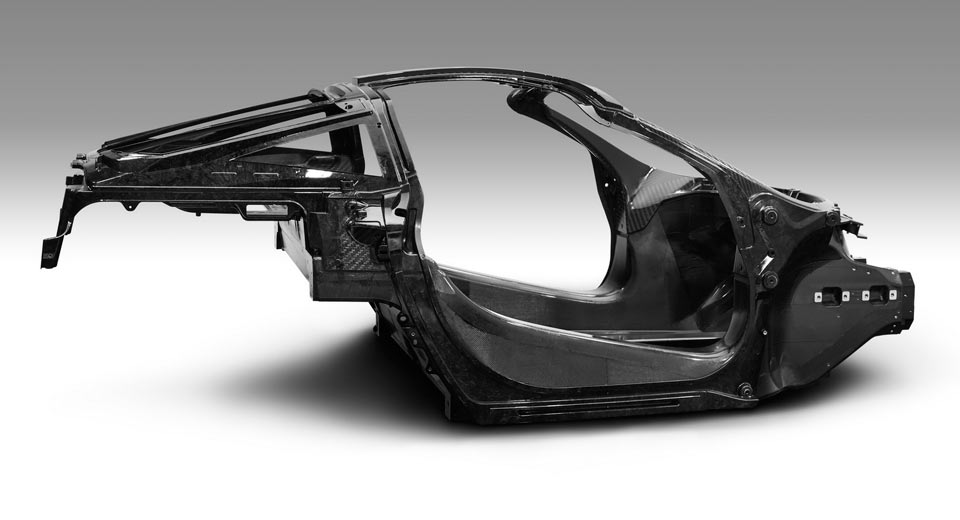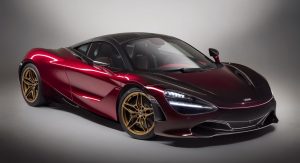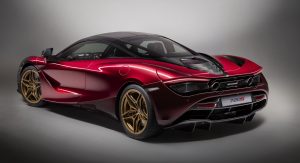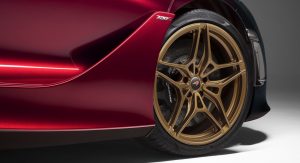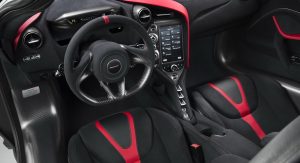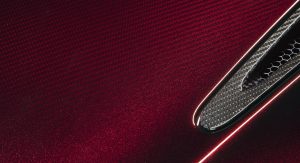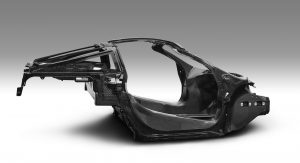Alongside unveiling the McLaren 720S at the Geneva Motor Show, the company also premiered its brand-new carbon fiber Monocage II.
As with the original Monocage, this architecture will underpin a plethora of future McLaren models but will no longer be produced by contractor Carbo Tech in Austria. Instead, it will be made at a new facility in England.
While speaking to Car and Driver, McLaren chief executive Mike Flewitt revealed that the new tub is much more flexible than the first iteration and could spawn an extended range of models.
“It’s going to evolve [and be] lighter and stronger, and there’s more opportunity for different forms and different packaging,” he said.
Flewitt also suggested that McLaren could add fewer or more seats to its vehicles thanks to the flexibility of the architecture.
“Would we go to a two-plus-two or a four-seater? I think I wouldn’t rule it out, although it isn’t on the plan today. But as the brand grows, maybe. If you look at the 570GT that we launched last year, it’s a superb GT car. In that segment, maybe there’s scope to grow and offer more occupant space.”
While previously having confirmed that it is working on an electric hypercar, Flewitt also revealed that a test mule will first be developed to gauge customer interest in such a model. Additionally, McLaren will have to prove that it can make an electric car as exciting as the 720S.
“It’s not a prototype for a production car at this stage; it’s literally a mule to develop attributes. We’re trying to understand the emotional characteristics of a car like that. We could copy Tesla and build a very fast electric car. Some of the acceleration figures for [the Model S] aren’t far from a 720S. The key is making a car that’s as exciting as a 720S. That’s where the challenge lies.”



